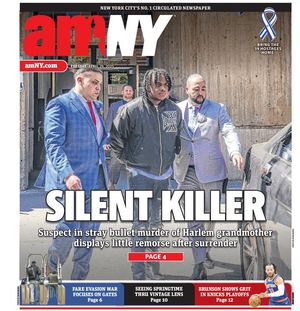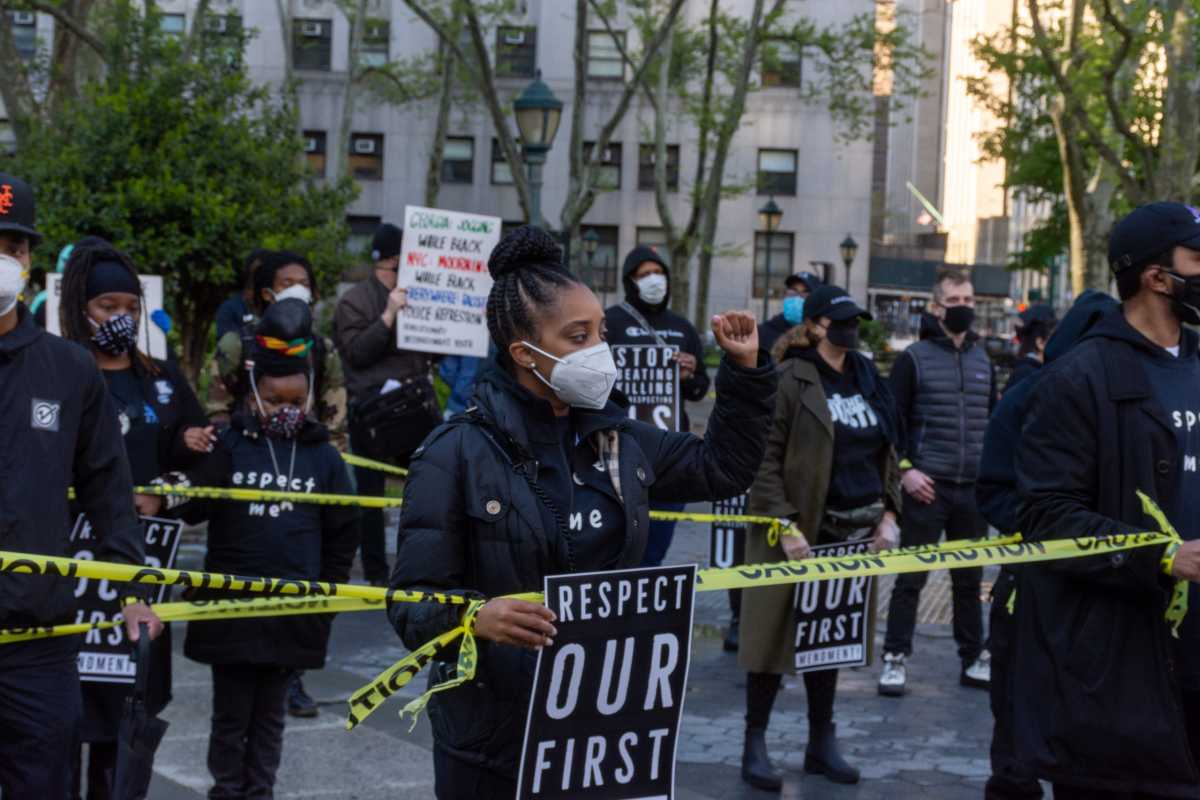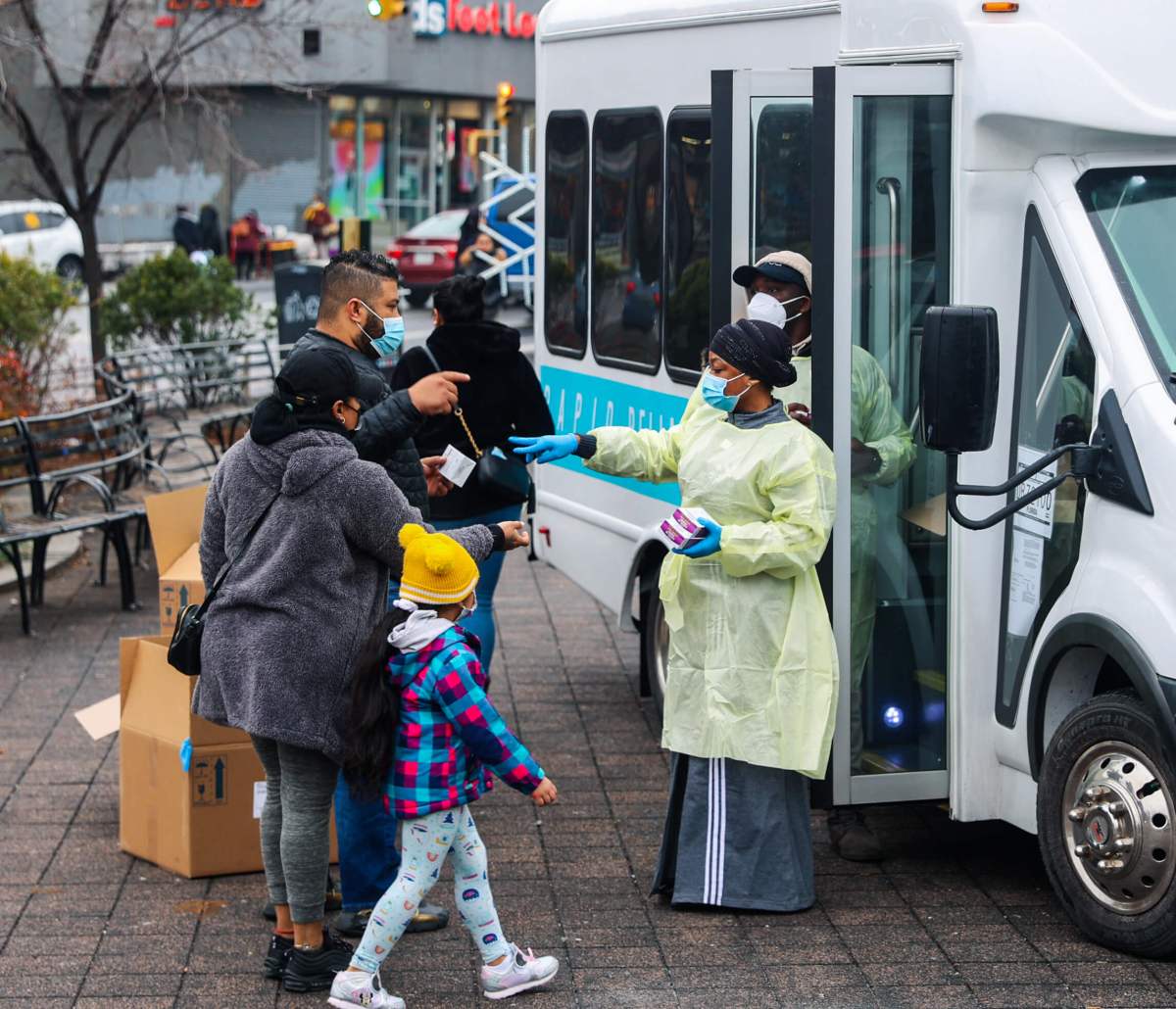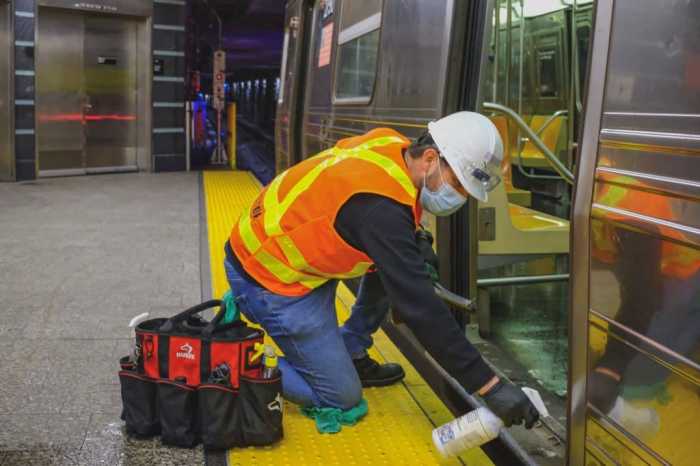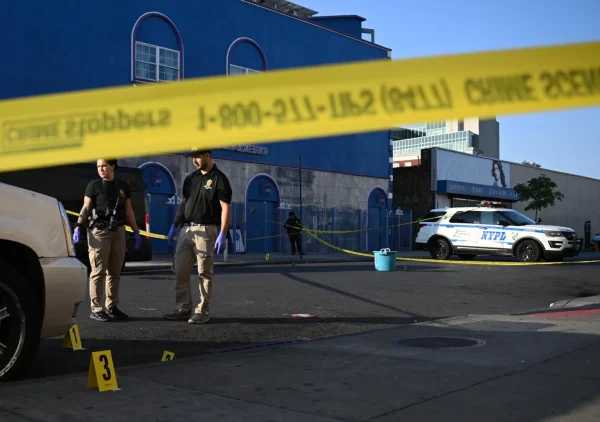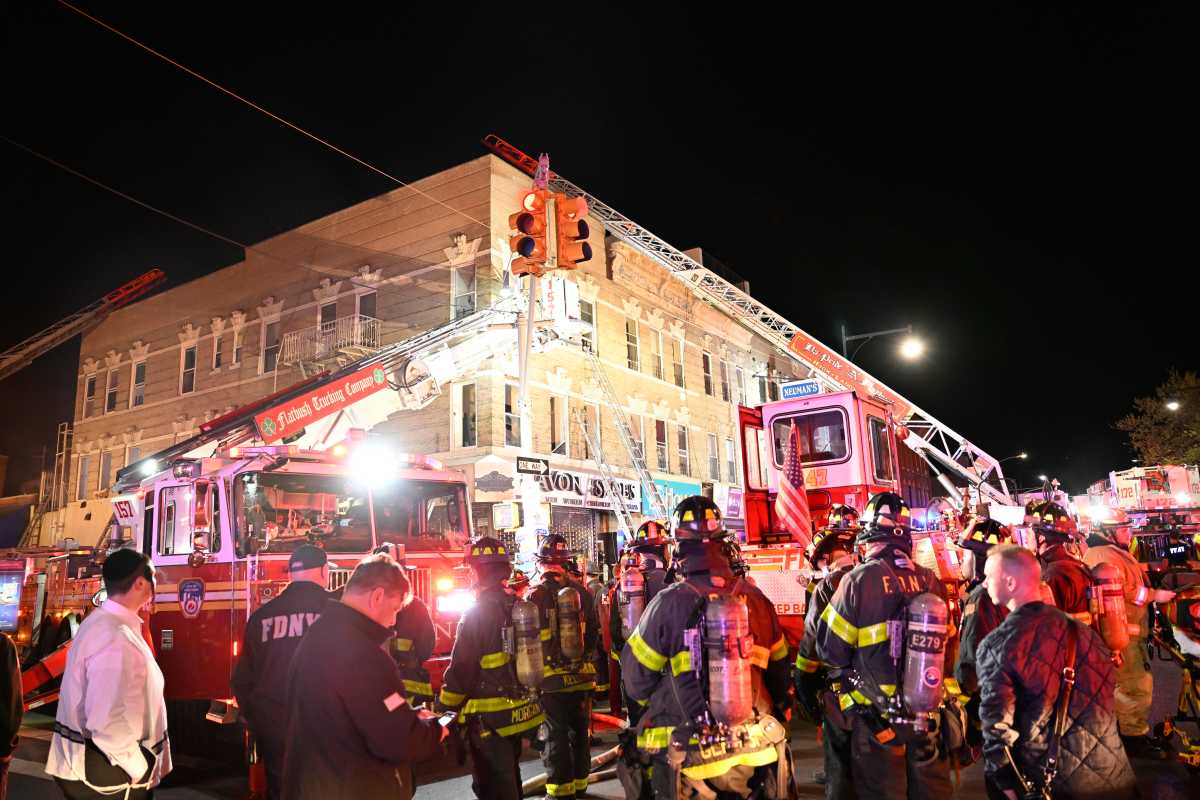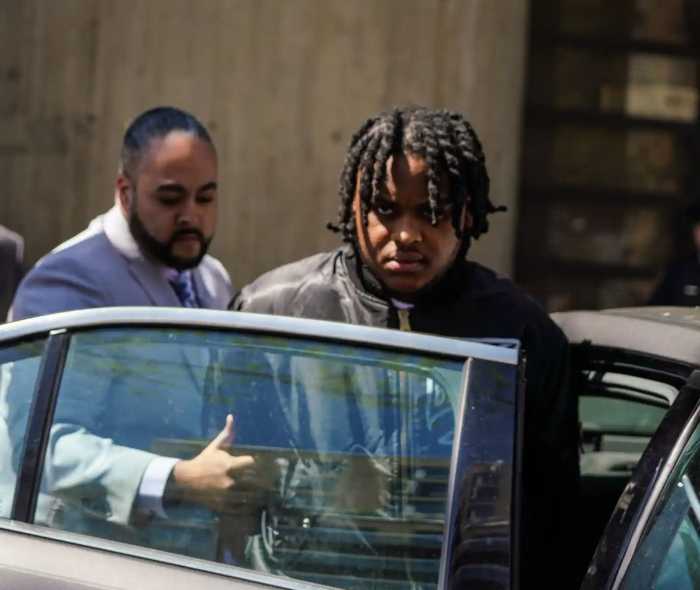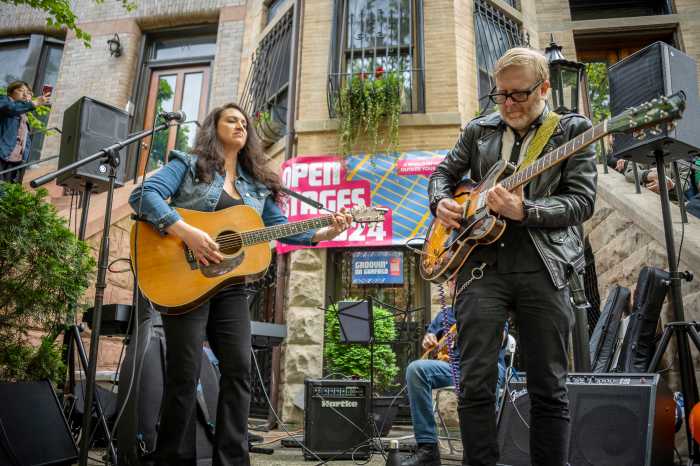BY KEVIN DUGGAN
New Yorkers of color made up 93 percent of COVID-19 related arrests in the city since mid-March, according to newly-released Police Department data.
Between March 16 and May 10, cops made 125 arrests citywide that were in some way related to the novel coronavirus — and 116 were people of color, according to a May 12 release.
Borough |
Total Arrests |
People of color arrested |
| The Bronx | 46 | 46 |
| Brooklyn | 39 | 36 |
| Queens | 22 | 19 |
| Manhattan | 17 | 15 |
| Staten Island | 1 | 0 |
In Kings County, black people accounted for 28 of the NYPD’s recorded arrests — or about 72 percent — despite making up just 34 percent of the total population, according to census data.
Police also say that they arrested eight Hispanic Brooklynites, according to the data.
Finally, just three white residents were arrested — or 8 percent of the borough’s total — on COVID-19-related charges, despite comprising 50 percent of the borough’s population.
Brooklyn notably had more virus-induced summonses than all other boroughs combined during a similar time frame, according to data police released on May 8, with black residents making up two-thirds of cop stops in the borough.
Both sets of data come after a string of high-profile violent arrests that emerged on social media, including several in Brooklyn’s 75th Precinct, the most-sued precinct in the city. On May 11, protesters marched from Foley Square to NYPD headquarters at 1 Police Plaza in Manhattan to condemn the clear disparities in enforcement.
However, the Police Department’s numbers don’t exactly match previously-released figures for social-distancing-related arrests by Brooklyn District Attorney Eric Gonzalez.
Brooklyn’s top prosecutor counted 40 arrests in the borough between March 17 through May 4 — one more during a shorter time frame. He also had demographic data showing a higher amount of detainees that were black or Hispanic, with 35 arrested who were black, four who were Hispanic, and only one who was white.
The discrepancy is likely due to the fact that there is no clear criminal charge for social distance-related violations, as would be for a robbery or an assault, leading to differing analyses of recent arrest data by the police and the DA’s office, one law enforcement source said.
Many of the police arrests include charges like “obstruction of governmental administration,” a misdemeanor which essentially means a person did not follow a police officer’s orders.
In the department’s release, NYPD officials emphasized that the arrests were not for social distancing violations per-say, but rather described their data as “COVID-19-related” arrests — many of which, they said, had a clear victim, such as hate crimes, domestic violence incidents, and even one bank robbery in which a suspect allegedly told a teller, “This is a bank robbery, I have COVID.”
The NYPD press office did not, however, provide a more detailed breakdown of how many of the arrests were for violent crimes compared to more minor violations.
A lawyer for the Legal Aid Society, a non-profit legal aid provider, slammed the department’s parameters as “meaningless,” and called on police to provide more detailed data to address the racial disparities of enforcement during the pandemic.
“The release of this data is in no way responsive to demands from elected officials and community leaders for the NYPD to be more transparent about how it is policing social distancing requirements,” said attorney Corey Stoughton in a statement. “The NYPD’s definition of ‘COVID-related’ in this data set is meaningless. Most importantly, it sheds no light on the critical question of how the NYPD can explain and begin to address its pattern of racially discriminatory enforcement of social distancing requirements and the startling examples of police misconduct revealed in recent days.”
This story first appeared on brooklynpaper.com.
